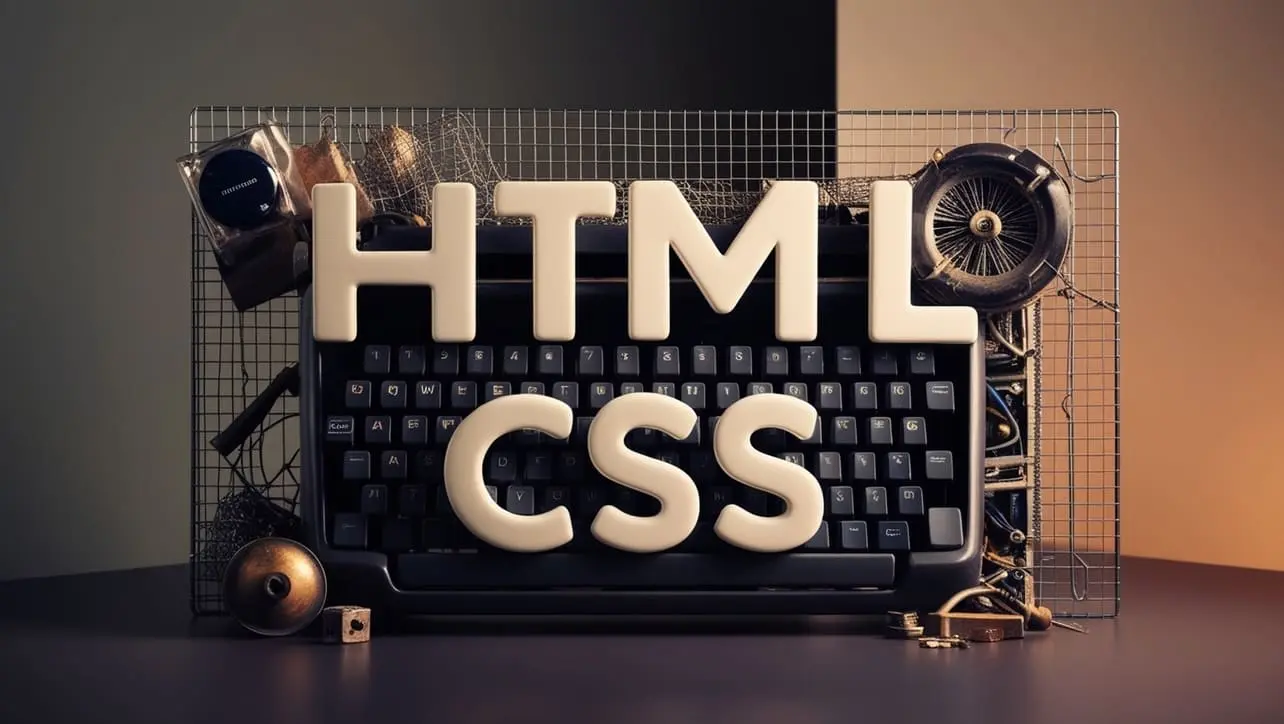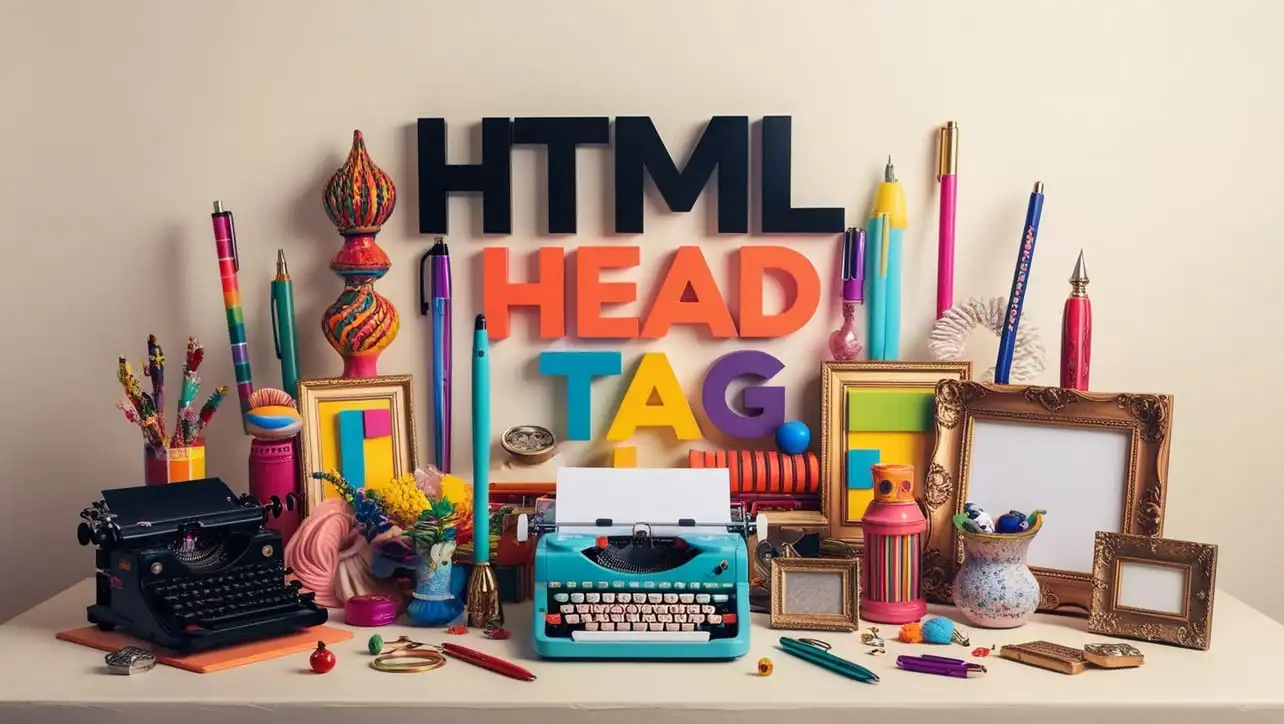
HTML Topics
- HTML Intro
- HTML Basic
- HTML Editors
- HTML CSS
- HTML Tags
- HTML Deprecated Tags
- HTML Events
- HTML Event Attributes
- HTML Global Attributes
- HTML Attributes
- HTML Comments
- HTML Entity
- HTML Head
- HTML Form
- HTML IndexedDB
- HTML Drag & Drop
- HTML Geolocation
- HTML Canvas
- HTML Status Code
- HTML Language Code
- HTML Country Code
- HTML Charset
- MIME Types
HTML Local Storage

Photo Credit to CodeToFun
🙋 Introduction
Local Storage is a feature of the Web Storage API that allows websites to store key-value pairs in a web browser, persisting even after the browser is closed. It is an ideal solution for storing small amounts of data that should remain available across sessions.
Unlike cookies, data stored in Local Storage is not sent with every HTTP request, making it more efficient for storing client-side data.
🤷 What Is Local Storage?
Local Storage is a part of the browser's Web Storage API that allows you to store data locally on the user's computer.
Data stored in Local Storage does not expire unless explicitly removed, making it persistent even when the browser or device is restarted.
It stores data as key-value pairs and is particularly useful for saving user preferences, theme settings, or session data across visits.
🔑 Key Features of Local Storage
- Key-Value Storage: Stores data as simple key-value pairs.
- Persistent Storage: Data remains available across browser sessions.
- Synchronous API: All operations are synchronous, unlike IndexedDB.
- Limited Size: Each domain can typically store up to 5MB of data.
- No Expiration: Data persists until manually deleted by the application or the user.
🤔 How to Use Local Storage
Local Storage is easy to use with JavaScript. You interact with it using the localStorage object, which provides methods to store, retrieve, and remove data. The data is stored as strings, so you need to stringify objects before storing them.
⚙️ Setting Data in Local Storage
To store data in Local Storage, you can use the setItem method. Here’s how you can store a simple key-value pair:
localStorage.setItem('username', 'JohnDoe');You can also store objects, but since Local Storage only stores strings, you’ll need to use JSON.stringify:
const user = { name: 'JohnDoe', age: 30 };
localStorage.setItem('user', JSON.stringify(user));💾 Retrieving Data from Local Storage
To retrieve data, use the getItem method:
const username = localStorage.getItem('username');
console.log(username); // Output: JohnDoeIf you are retrieving an object, you will need to parse it back into its original form using JSON.parse:
const user = JSON.parse(localStorage.getItem('user'));
console.log(user.name); // Output: JohnDoe🗑️ Removing Data from Local Storage
If you want to remove a specific item from Local Storage, use the removeItem method:
localStorage.removeItem('username');🧹 All Data in Local Storage
You can clear all the data stored in Local Storage for your domain by using the clear method:
localStorage.clear();⚠️ Limitations of Local Storage
- Size Limit: The amount of data you can store is limited (typically around 5MB per domain).
- Synchronous API: All Local Storage operations are blocking, which may impact performance if used improperly.
- Security Risks: Data stored in Local Storage is not encrypted, so sensitive information should not be stored.
- Same-Origin Policy: Local Storage data is accessible only within the same domain and protocol.
📝 Example
Here’s a complete example demonstrating how to store, retrieve, and delete data using Local Storage:
<!DOCTYPE html>
<html>
<head>
<title>Local Storage Example</title>
</head>
<body>
<h1>HTML Local Storage Example</h1>
<button id="save">Save to Local Storage</button>
<button id="retrieve">Retrieve from Local Storage</button>
<button id="remove">Remove from Local Storage</button>
<button id="clear">Clear All Local Storage</button>
<p id="output"></p>
<script>
document.getElementById('save').addEventListener('click', function() {
localStorage.setItem('greeting', 'Hello, World!');
document.getElementById('output').textContent = 'Data saved!';
});
document.getElementById('retrieve').addEventListener('click', function() {
const greeting = localStorage.getItem('greeting');
document.getElementById('output').textContent = greeting ? greeting : 'No data found';
});
document.getElementById('remove').addEventListener('click', function() {
localStorage.removeItem('greeting');
document.getElementById('output').textContent = 'Data removed!';
});
document.getElementById('clear').addEventListener('click', function() {
localStorage.clear();
document.getElementById('output').textContent = 'All data cleared!';
});
</script>
</body>
</html>🎉 Conclusion
HTML Local Storage is an easy-to-use and efficient way to store data on the client side. It is perfect for saving small amounts of persistent data without relying on external databases or cookies.
However, it’s important to be mindful of its limitations, especially when dealing with sensitive information and large datasets.
👨💻 Join our Community:
Author

For over eight years, I worked as a full-stack web developer. Now, I have chosen my profession as a full-time blogger at codetofun.com.
Buy me a coffee to make codetofun.com free for everyone.
Buy me a Coffee












If you have any doubts regarding this article (HTML Local Storage), please comment here. I will help you immediately.